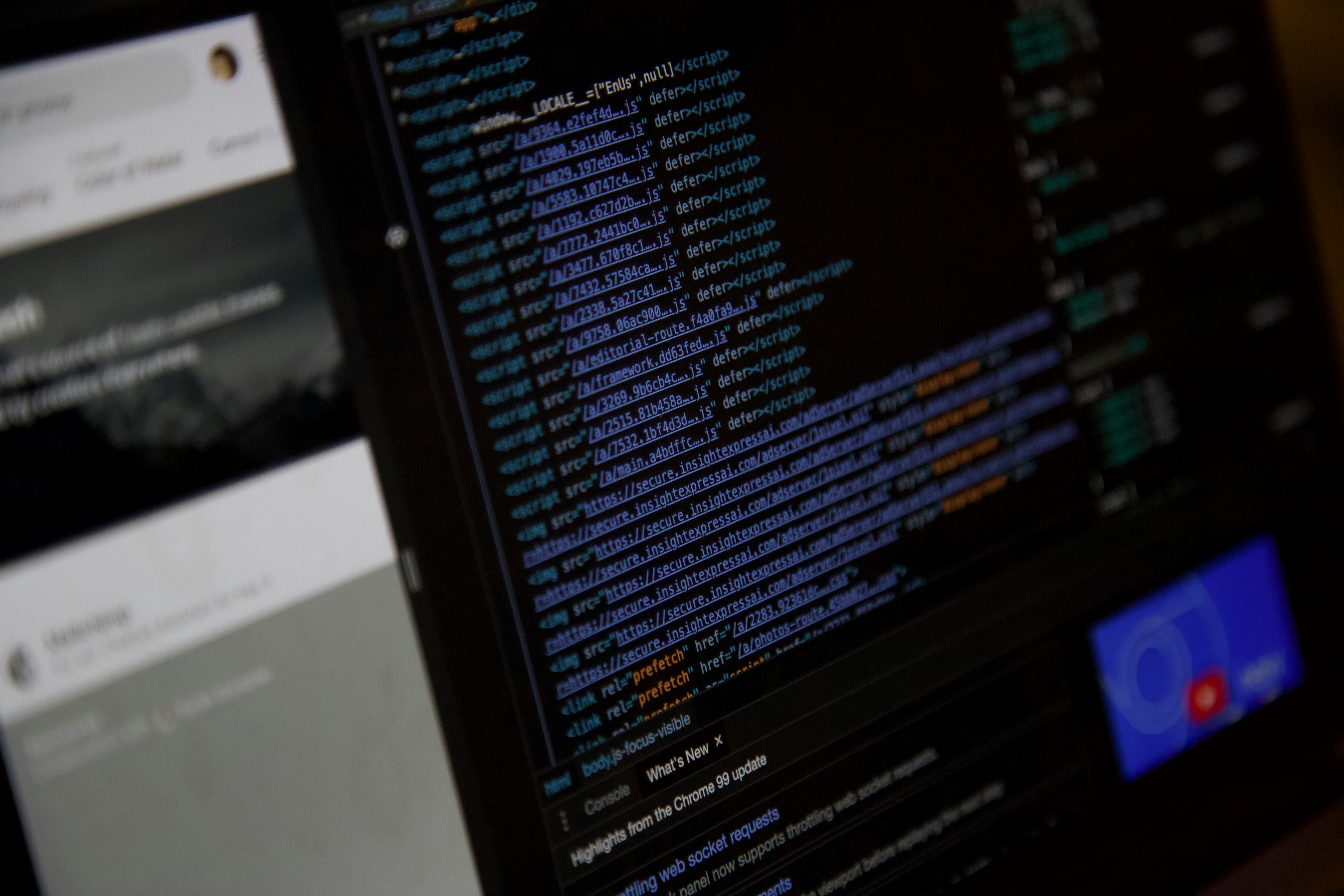Related Jobs
View all jobsWarehouse Operative
Dispatch Operative
Warehouse Operator
Senior Warehouse Technician
Picker/Packer
Get the latest insights and jobs direct. Sign up for our newsletter.
Industry Insights
Discover insightful articles, industry insights, expert tips, and curated resources.

Amazon Robotics Jobs in 2025: Your Complete UK Guide to Joining the Team Behind Proteus, Sparrow & Digit
When Amazon bought Kiva Systems back in 2012, few predicted that a single orange robot would snowball into a global fleet of over 750,000 mobile units navigating fulfilment centres from Swindon to Seattle. Fast‑forward to 2025 and Amazon Robotics (AR) is no longer a warehouse add‑on; it is a full‑blown tech powerhouse with dedicated R&D hubs, £multi‑billion investment and—crucially for you—hundreds of open roles spanning hardware, software and applied science. The official careers page lists 359 vacancies at the time of writing (amazon.jobs). Whether you are a UK student hungry for a summer internship, a ROS2 wizard targeting autonomy, or a mechanical engineer ready to design the next Proteus autonomous mobile robot, this guide unpacks everything you need to land an Amazon Robotics job in 2025.

Robotics vs. Mechatronics vs. Artificial Intelligence in Robotics: Which Path Should You Choose?
The Robotics sector has seen explosive growth in recent years, reshaping industries from manufacturing and logistics to healthcare and consumer products. At the same time, emerging technologies such as Mechatronics and Artificial Intelligence (AI) are converging with traditional robotics to create ever more capable machines—whether autonomous drones delivering packages, collaborative robots (cobots) working alongside human operators, or AI-driven surgical assistants. If you’re exploring Robotics jobs on www.roboticsjobs.co.uk, you may encounter related terms like Mechatronics or AI in Robotics, often used interchangeably but each with distinct applications and required skill sets. Which path should you pursue if you’re passionate about building the next generation of intelligent machines? In this comprehensive article, we’ll define Robotics, Mechatronics, and AI in Robotics, delve into their overlapping and unique skill sets, discuss salary ranges, highlight real-world examples, and provide guidance on choosing a career that aligns with your interests and strengths. Whether you’re a mechanical engineer, software developer, electrical specialist, or AI researcher, these fields present diverse and rapidly expanding opportunities to innovate in automation and shape the future of work and society.

Robotics Programming Languages for Job Seekers: Which Should You Learn First to Launch Your Robotics Career?
From autonomous vehicles and warehouse automation to surgical robots and companion drones, the field of robotics is advancing at an unprecedented pace. This rapid innovation has created a surging demand for talented robotics engineers, software developers, and researchers capable of writing robust, efficient code to power these systems. If you’re exploring opportunities on www.roboticsjobs.co.uk, one question stands out: Which programming language should you learn first for a successful robotics career? The answer isn’t one-size-fits-all. Robotics encompasses a broad range of tasks—real-time embedded development, high-level AI, motion planning, perception—and each domain has its own language preferences and ecosystem. Whether you’re interested in designing hardware-level control loops, building autonomous navigation software, or developing vision-based AI, selecting the right language (or combination of languages) is key to your success. In this article, we’ll: Highlight the top programming languages used in modern robotics. Break down pros, cons, and industry applications for each language. Offer a hands-on beginner’s project to cement your learning. Provide critical resources and tips to help you stand out on www.roboticsjobs.co.uk and beyond.